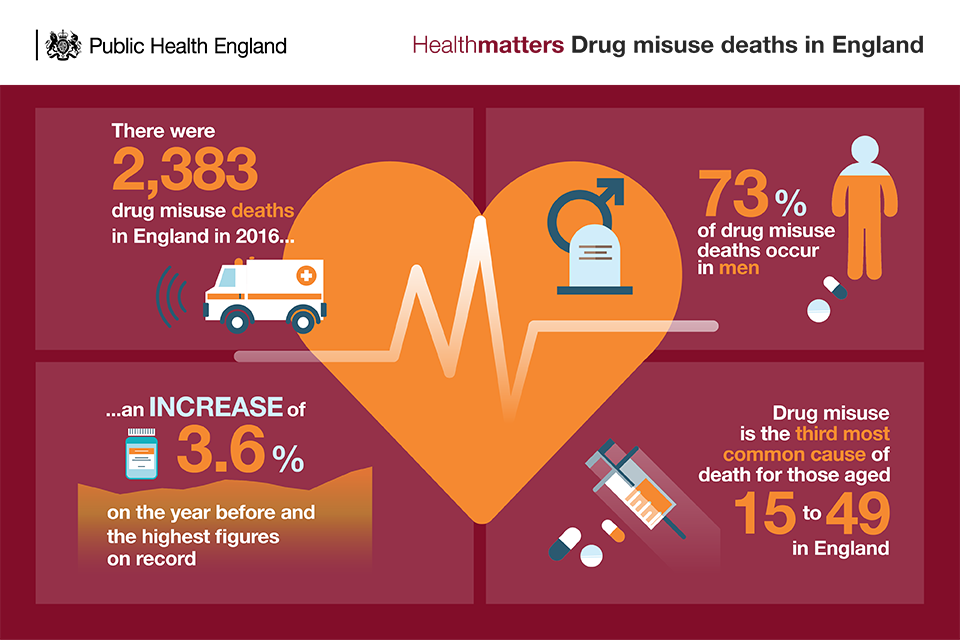This frequently includes: recognizing intra- and inter-personal triggers for substance abuse; coping-skills training; drug rejection skills training; promoting non-drug usage options. A number of appealing interventions are also offered on the level of society. Contingency management (CM) has shown effective for the treatment of compound Mental Health Delray usage conditions [26] Contingency management treats drug use and addiction as a kind of operant conditioning by which habits is formed by its reinforcing effects.
Lastly, criminal penalty presents another potential social response. Regardless of the above-stated cautions, in addition to the limited empirical assistance, the danger of penalty might prove to be a vital tool if used in combination with other interventions (how would a solution focused therapist approach treatment for addiction). Broadly speaking, therapeutic criminal justice interventions targeted at drug-addicted culprits pit residents' liberty interests against the state's interest in promoting health and wellness.
And the primary vehicle for protecting liberty interests in this domain is the legal right to self-determination, which encompasses the doctrines of notified approval and the related right to decline treatment. The notified consent teaching provides that a doctor may not perform any medical treatment on a skilled adult in a non-emergency scenario without discussing the dangers and advantages.
The basic requirement for offering 'notified' consent includes two inquires: is the consenting person qualified; and if so, did he or she offer consent purposefully and voluntarily. Following the same logic, those who fulfill these standards are likewise paid for the right to refuse treatment [27] With regard to addicted persons in the criminal justice setting, the major points of dispute concern the degree to which addicts are competent-some contend that they are per se inept [28] and the level to which consent can be voluntary in a coercive prison setting.
As the Supreme Court has actually ruled, whether an individual's constitutional right to self-determination has been broken must be determined by stabilizing his liberty interests against the appropriate state interests [27] Broadly speaking, the state's interests originate from the 10th modification's conservation clause of the constitution, under which powers not specifically given by the constitution to the federal government are maintained to the states; combined with a state's cops power, under which the enclave of power scheduled to the states is loosely defined to include acts that promote the health, safety, morals, and general well-being of its residents.


The Only Guide for How Opioid Treatment In The Hospital Can Lead To Addiction With Chronic Pain
In Offer v. United States, the Supreme Court further clarified the standard for choosing whether a state's interest suffices to tip the scales in favor of intervention: a state's interest must be engaging, forced treatment needs to substantially even more that interest, and there should be no less intrusive treatment offered.
One potential method to approach the issue is think about the principle of liberty in terms of Gazzaniga's proposed 3 dimensions of analysis. To recall, Gazzaniga suggests that problems that connect to the brain can be thought of on 3 levels: brain, mind, and society. Using this technique to, for example, the principle of obligation, Gazzaniga argues: "The location to search for the answer to what duty is not in the brain, but it's in the social group.
You're responsible to others, therefore, when we move into the social group, what we're doing is we're now having a relationship with other individuals and we have rules and laws and whathave- you. And so, that's where we search for duty, and people can follow rules in 99. 99% of cases, so we search for obligation there, we don't try to find it in the brain [29]" Likewise, the location to try to find the answer to what liberty is, not in the brain however rather in the social group.
In weighing liberty against states' interest, this insight might supply rough criteria for assigning weight on liberty's side of the balance. Furthermore, this technique delights in legal support in the analogous context of public health law concerning epidemics. Under public health law, quarantine-a parallel to prison-is usually authorized as a last option just after less limiting alternatives such as vaccinations either fail or are refused [30].
In the exact same method, the law ought to take into the level of a drug addiction interventionbiological, mental or social-in determining its possible to deprive liberty; and license social interventions like imprisonment only as a last option. Langan PA, Levin DJ (2002 ) Recidivism of Prisoners Released In 1994. Bureau of Justice Data. MandersonD( 1999 ) Symbolism and Bigotry in Drug History and Policy.
A Biased View of What Does Successful Treatment In Addiction Look Like
Hostility and Violent Behavior13: 107-118. PetersiliaJ (2003 ) When Prisoners Come House: Parole and Detainee Reentry. Oxford University Press. Mumola CJ (1999 ) Substance Abuse and Treatment, State and Federal Prisoners, 1997. Bureau of Justice Data. White HR, Gorman DM (2000 ) Dynamics of the Drug-Crime Relationship. Wrongdoer Justice 1: 151-218. Jensen EL, Gerber J( 1996 )The Civil Loss of Assets and the War on Drugs: Expanding Wrongdoer Sanctions While Minimizing Due Process Defenses.
Cambridge University Press. Chandler RK, Fletcher BW, VolkowND (2009 ) Treating Substance Abuse and Addiction in the Bad Guy Justice System: Improving Public Health and Security. Jama301: 183-190. Amber HS, Jennifer LR (2005 ) Compound Use in Jail: Just how much occurs and is it Associated with Psychopathology? Addiction Research Study & Theory 13: 503-511. Binswanger IA, Stern MF, DeyoRA, HeagertyPJ, Cheadle A, et al.
New England Journal of Medicine356: 157-165. Grimm JW, HopeBT, WiseRA, ShahamY( 2001 )Neuroadaptation: Incubation of Drug Yearning After Withdrawal. Nature412: 141-142. LeshnerAI (2007) What The Science Says. Addiction Treatment: Science and Policy for the Twenty-First Century. MclellanAT, Lewis DC, O'brienCP, KleberHD (2000 ) Drug Dependence, a Persistent Medical Illness: Ramifications for Treatment, Insurance Coverage, and Outcomes Evaluation.
J of Clin Invest 111: 1444-1451. Morgan D, GrantKA, GageHD, MachRH, Kaplan JR (2002 ) Social Supremacy in Monkeys: Dopamine D2 Receptors and Drug Self-Administration. telegra.ph/the-single-strategy-to-use-for-how-changing-the-language-of-addiction-affects-policy-and-treatment-12-21 Nature Neurosci5: 169-174. Olds J, Milner P (1954 ) Favorable Reinforcement Produced By Electrical Stimulation of Septal Area and Other Areas of Rat Brain. Journal of Relative and Physiological Psychology 47:419 -427. Wise RA (2002 ) Brain Reward Circuitry: Insights FromUnsensed Incentives.
Compound Usage & Misuse4: 1-24. Magill M, Ray LA( 2009 )Cognitive-Behavioral Treatment with Grownup Alcohol and Illicit Drug Users: A Click here! Meta-Analysis of Randomized Controlled Trials. Journal of Research Studies on Alcohol and Drugs 70: 516-527. Prendergast M, PodusD, Finney J, Greenwell L, Roll J( 2006 )Contingency Management for Treatment of Compound Usage Disorders: A Meta-Analysis.
How How To Become An In Network Provider For Addiction Treatment can Save You Time, Stress, and Money.
Director, Missouri Department of Health. Cohen MH( 2002 )Recovery at the Borderland of Medicine and Faith: Managing Possible Abuse of Authority By Spiritual Healers. The Journal of Law and Religious beliefs 18: 373-426. Campbell GP (2010 ) Worldwide H1n1 Pandemic, Quarantine Law, and the Due Process Conflict. San Diego International Law Journal 12: 497-532..